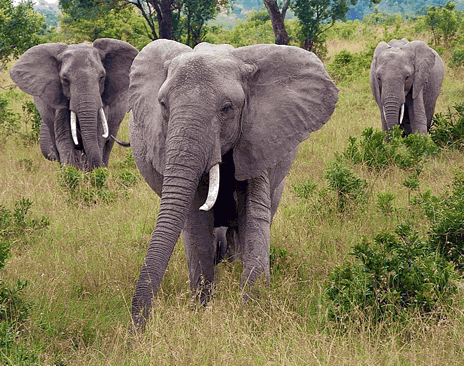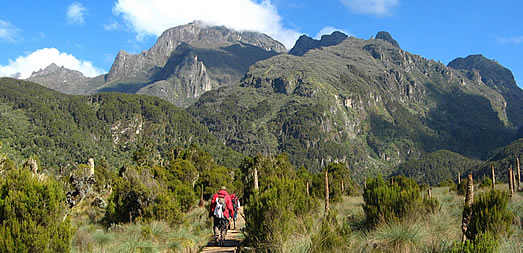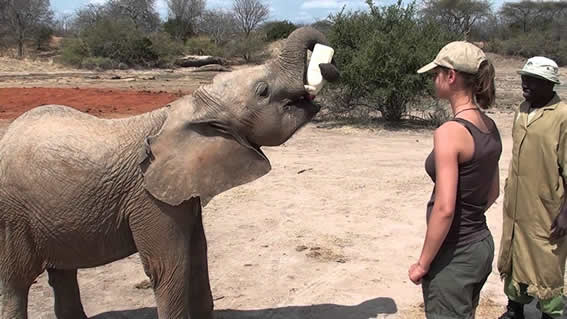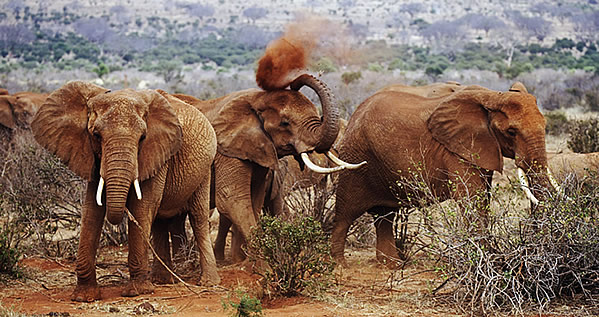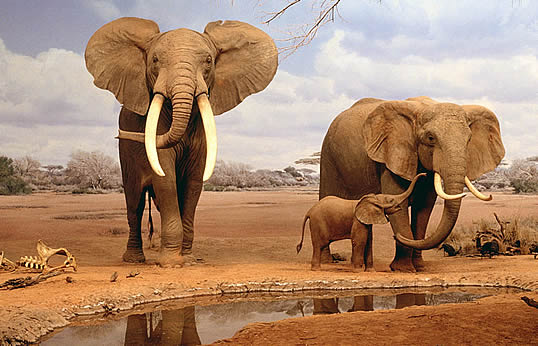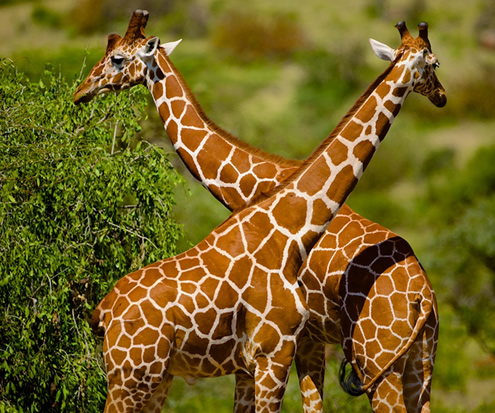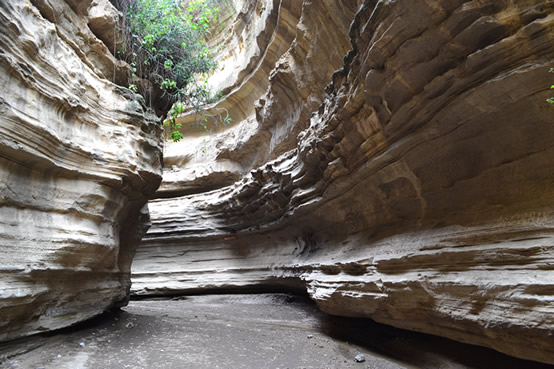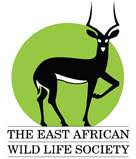Mount Kenya National Park & Reserve
Mount Kenya National Park & Reserve
Information on Mt Kenya National Park in Kenya.
1. General Information. Mount Kenya national park opened in December 1949, is located about 175kms from Nairobi city. It covering an extensive area of 715 sq kms at an altitude of between 11,000 and 17,058 ft. Mount Kenya, Africa's second highest mountain rises to 5199m. The 3200m mark upwards forms part of the national park. Surrounding the park is Mt Kenya national reserve covering an area of approximately 2095 sq kms. This park is unique for its diverse habitats. The lower slopes of the mountain consist mainly of dry upland forest.
True montaine forest starts at 2000m with cedar and podo amongst the main tree species. At 2500m begins the dense belt of bamboo forest. This is the part with a variety of flora and fauna. High altitude heath covers the area between 3000m and 3500m. Above this is moorland, which supports little game save for high altitude zebra and eland. Generally, the mountain can be divided into three principle zones; the rocky peak area, which is basically an eroded volcanic plug with a layer of glaciers and snowfields; the alpine zone, consisting giant vegetation and the lower slopes covered in mountain forest and finally, the bamboo jungle.
This magnificent park is an important watershed with the Tana River, Kenya's largest and longest river and a major source of electricity supply, originating from here. The lower slopes also have fertile soils, which support growth of the country's richest farmlands, and a unique variety of vegetation. The mountain forms a great part of the history of the Kikuyu, Kenya's largest language group. The Kikuyu believed that Mt Kenya was the home of Ngai, the Supreme Being and as such, built their homes facing its peaks. Within the park, there is only one lodge though there are also some climber huts and self-help bandas. Outside the park, there are three lodges and another self-help banda.
2. Getting There. There is an airstrip in Naro Moru; thus, those avoiding a road trip can go by flight and take a short drive from the airstrip to the park. Several roads lead to the park, among them the Nanyuki-Isiolo road, Nyeri- Nanyuki and the Embu - Meru roads.
3. Major Attractions. A major attraction of the park is the brilliant scenery. Starting with the snow-capped peaks, a rare sight in an equatorial region, this mountain itself is an amazing sight, with lakes, glaciers, mineral springs and the differential habitats. A variety of flora and fauna also attract many a tourist to this park. Amongst the former, podocarpus, giant groundsel, both species of lobelia, romuela keniensis, two terrestrial orchids, orange flowered gladiolus and the crocus like flower make up the unique and rare species. The high altitude heath is strewn with shrubs such as African sage, protea and helichrysum.
Animals found within the park include leopard, elephant, buffalo, black and white colobusmonkey (this monkey is afraid of movements including the movement of it's own tail) and, sykes monkeys, rock hyrax, giant forest hog, waterbuck, bushbuck, giant forest hog, black rhino, genet cat, bush pig, hyena, bongo, a rare forest antelope. Other rare species that can be spotted include, Mt Kenya mole rat, suni antelope, skinks (lizards), albino zebra and a several species of owls. Bird life is not prolific within the park, however one is likely to spot the Jackson's francolin, the crowned hawk eagle and a rare sighting of the Abyssinian long-eared owl. Within the lodge, a larger variety including Mackinder's eagle owl, African black duck, green ibis, redheaded parrot, silver-cheeked hornbill amongst others can be seen.
A famous activity is climbing the mountain itself. The mountain has three peaks; Point Lenana, (4985m) which can be reached by any reasonably fit person, Nelion (6189m) and Batian (5199m) peaks, which require skilled mountaineers to reach. There are four routes of ascent; the Burguret trail, Sirimon trail, Chogoria and Naro Moru trails, with Chogoria trail being the most scenic of the other trails. A minimum of 5 days is recommended for the climb, 3 days for the ascent and 2 for the descent. This activity is a memorable one and thus a must-do for the adventure seeker.
